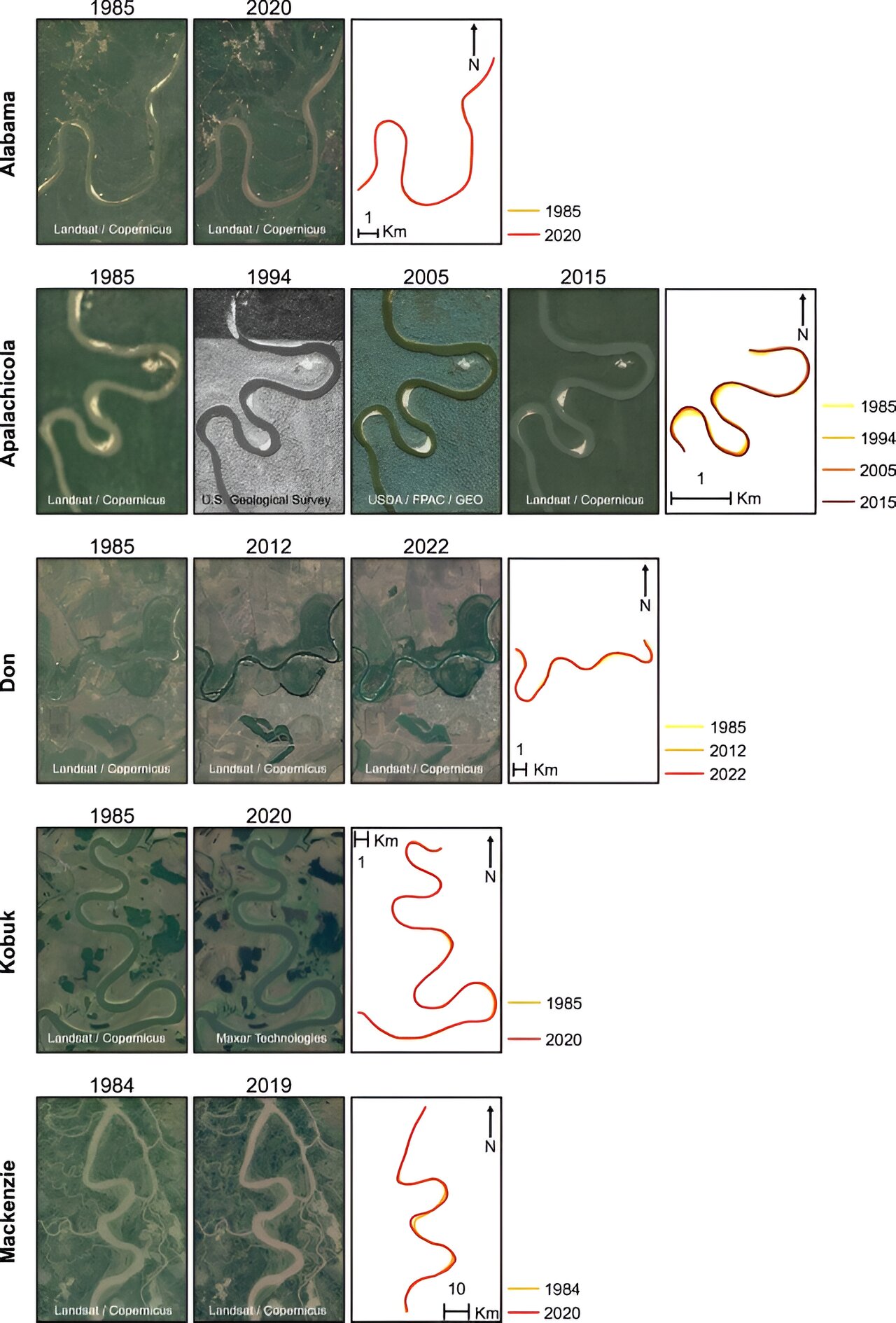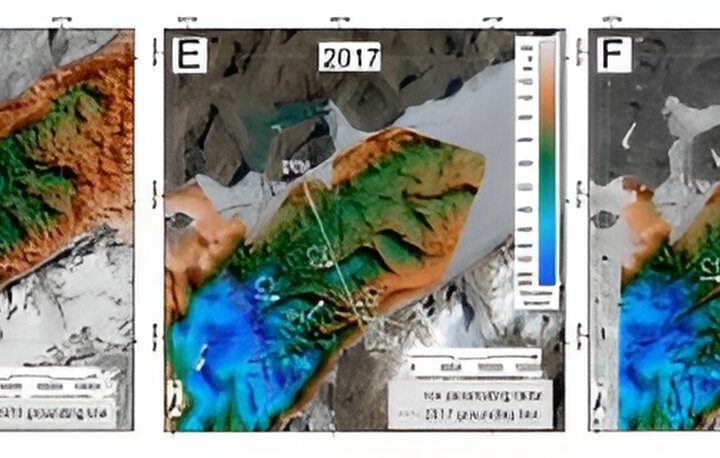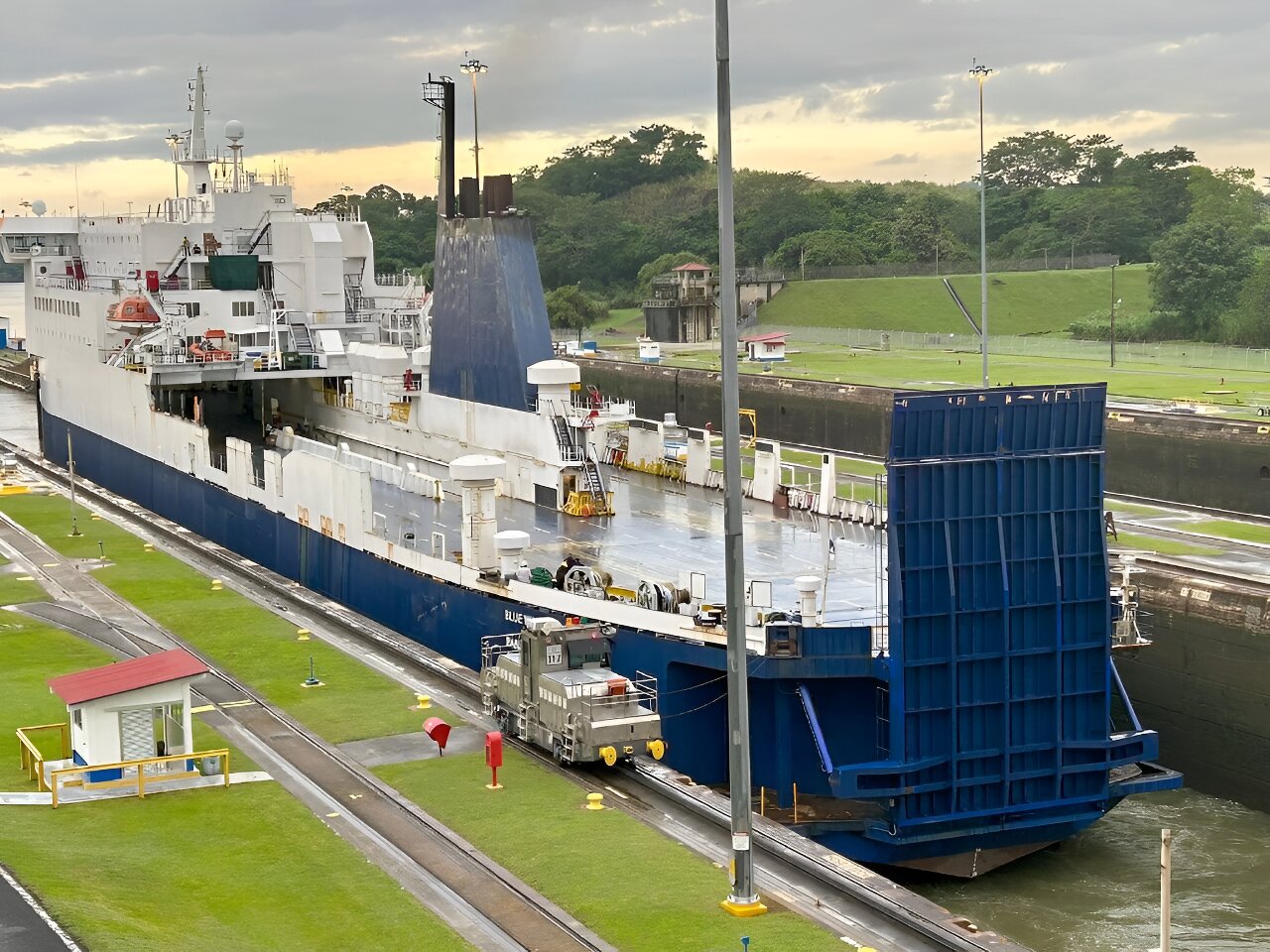In a groundbreaking study published in Nature Geosciences, a team of researchers led by a brilliant Tulane University sedimentologist delved into the fascinating world of meandering rivers. Their goal? To uncover the secrets of why these rivers change course over time and how climate change could impact their paths.
Chenliang Wu, Ph.D., a postdoctoral researcher at Tulane University School of Science and Engineering, embarked on this captivating research by studying the Mississippi River before expanding his investigation to include other rivers on Earth and ancient riverbeds on Mars.
The study focused on river sinuosity, which refers to the degree of curvature in rivers. Sinuosity changes over time, influenced by factors such as the river’s age and environmental shifts. Climate change plays a significant role in altering sediment and water supply, as well as riverbank vegetation, all of which impact sinuosity.
The researchers discovered a correlation between river sinuosity and water flow variations. Environmental factors, like precipitation levels, cause rivers to have different water levels. To analyze the changes in rivers over time, the team examined historical data dating back to the fifth century and images from as early as 1939. They studied 21 lowland meandering rivers on Earth and identified ancient river channels on Mars using remote sensing data.
The untouched ancient riverbeds on Mars provided Wu and his team with a unique opportunity to test their hypotheses about river system migration and sinuosity patterns as the rivers eventually dried up. This analysis also sheds light on the hydroclimate of Mars when surface water was still present.
“It really lays the foundation for more advanced topics,” Wu explained. “For example, were the environmental conditions on Mars suitable for life?”
After conducting their analysis, the researchers categorized the rivers into two groups: variable-sinuosity and constant-sinuosity. Variable-sinuosity rivers never reached a steady state, meaning their sinuosity continued to change, while constant-sinuosity rivers did reach a steady state, maintaining a relatively consistent average sinuosity. Out of the 21 Earth rivers studied, 13, including the mighty Mississippi River, exhibited variable sinuosity, while eight displayed constant sinuosity.
Gaining a deeper understanding of the factors influencing river sinuosity will provide valuable insights for researchers and engineers in managing rivers in the future. This knowledge can aid in river restoration, inform infrastructure projects, and enhance flood management strategies. Such insights are crucial in mitigating the impacts of climate change.
As the effects of climate change lead to more frequent extreme weather events, research like Wu’s becomes increasingly vital in protecting and assisting populations living near rivers. According to a 2019 study in the International Journal of Water Resources Development, half of the world’s population resides in river basins, all of whom could be at risk from future floods caused by extreme weather.








